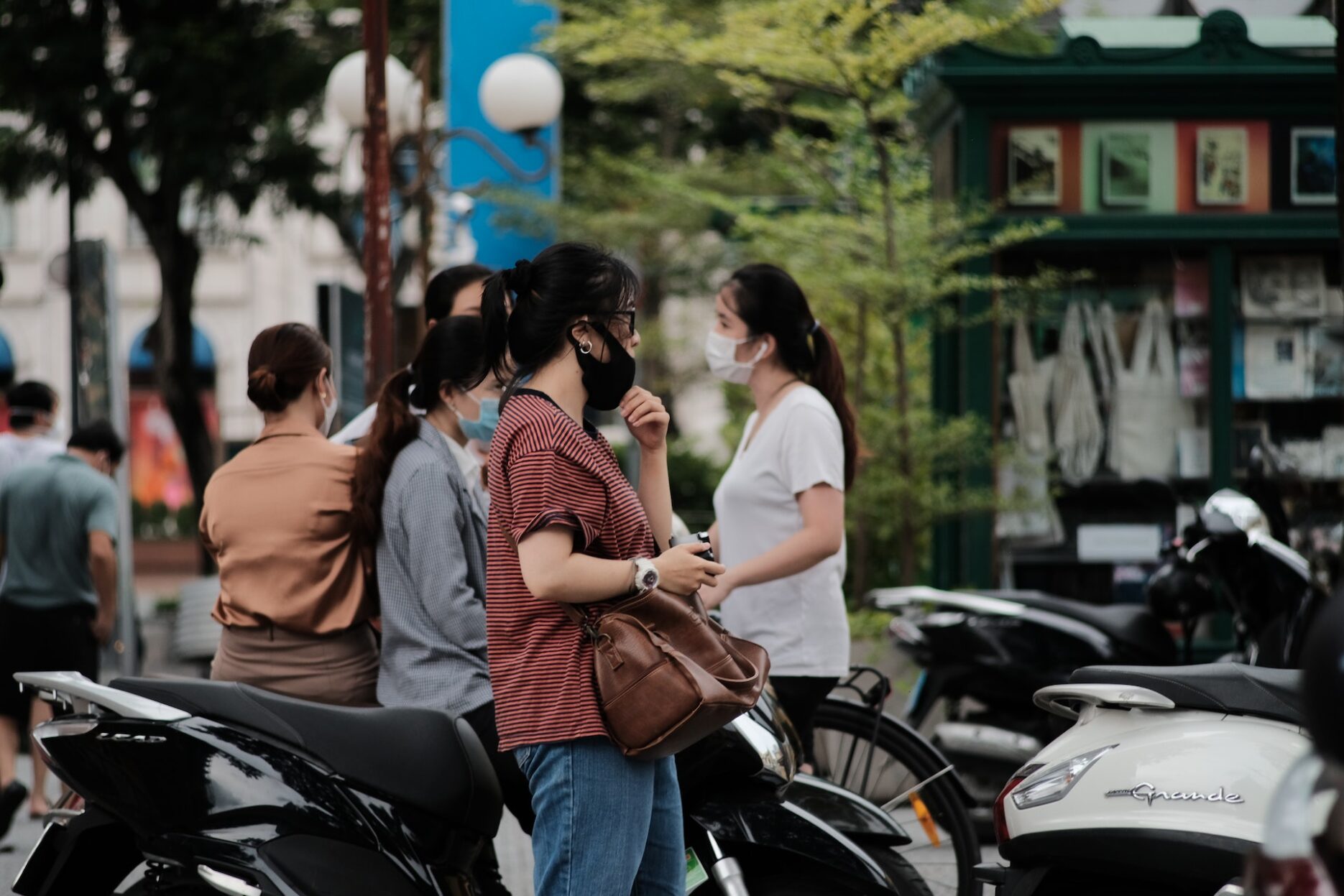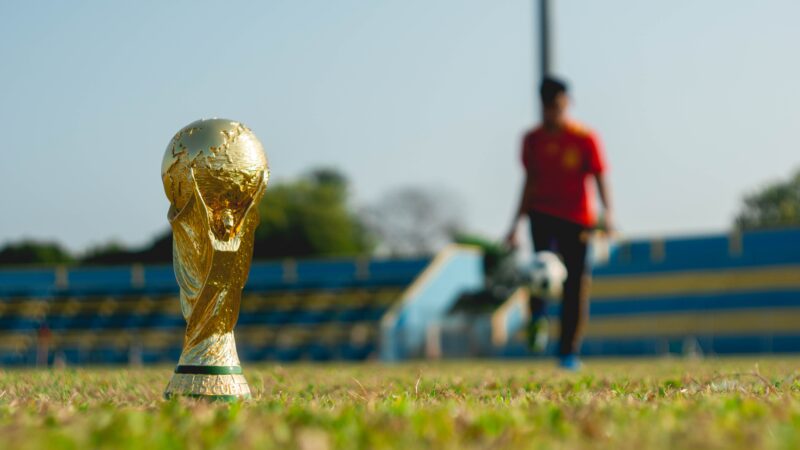Public outcry against China’s notorious COVID control measures has reached a new high following the fatal fire in Urumqi, the capital city of Xinjiang province, where 9 were injured and 10 people lost their lives on 24 November, according to state media. The catastrophe soon gave rise to heated online debate, its topic drawing in 1.8 billion views on China’s biggest microblogging site Weibo as of 25 November, with several relevant hashtags trending on the site’s ‘hot searches’ over the weekend.
Local authorities are facing harsh criticism in the wake of the incident as the city of over 4 million people was placed under COVID lockdown for over 100 days. Footage emerged to show that the firefighters’ water spray could not effectively reach the 15th floor where the fire broke out. This was due to fire trucks being unable to get closer to the scene as access to the building was blocked, resulting in the blaze continuing for 3 hours before being extinguished.
Despite local officials emphasising that the compound was only classified as “low COVID risk” and that residents were allowed to exercise outdoors, arguments to the contrary were soon raised, stating that outdoor activities were only allowed for a few hours per day and that the timing was controlled by local authorities, as per the BBC citing a local resident near the affected building. Public anger further intensified after multiple media reports that associated the tragedy with lockdown restrictions were removed due to online censorship. Interestingly, Urumqi authorities reported that the city had achieved the “elimination of positive cases in society” at a press conference on 26 November.
Following the aftermath of the incident, China’s central government reiterated its determination to implement the latest easing of COVID restrictions. Known as the 20 Notices on COVID Control, the new rules were announced on 11 November and were set out to overhaul “unjustified” static COVID management. There it was also stated that fire exits must remain accessible should a compound enter lockdown, and that confinement should be lifted after 5 days if no new cases were found within that period.
However, the new regulations have been viewed as contradictory amid tightened COVID controls in several cities following their introduction. Affected cities included the capital Beijing, where residents were urged to stay at home on the weekend of 18 November with several residential compounds entering lockdown. Public protests soon broke out, leading to the early lift of the seal-off.
More civil disobedience followed over the past weekend. Hundreds of students from China’s elite universities including Tsinghua University and Peking University joined protests on campuses on Sunday by holding up a piece of blank white paper in reference to China’s censorship. Some were seen singing the national anthem “Stand up! Those who refuse to be slaves!” while others chanted “Freedom of speech!” and “End the lockdown!”.
Further eruption of demonstrations was also seen in Shanghai, one of China’s most populous cities, where a candlelit vigil was symbolically held on Wulumuqi Road (the name of the city of Urumqi in Mandarin) to pay tribute to the victims of the deadly fire. A standoff between police and demonstrators at the site was seen in a video that went viral on Twitter, where the crowds were heard chanting “Communist Party step down! Xi Jinping step down!”.
Similar rallies in defiance of China’s zero-COVID policy were reported to have taken place at even more university sites. According to the California-based independent news outlet China Digital Times, among those included were Xi’an Academy of Fine Arts, Xi’an International Studies University, Sichuan International Studies University in Chongqing and The Communication University of China in Nanjing, Jiangsu Province, where local authorities announced city-wide mass COVID testing from Saturday, on 24 November.
As national unrest enters its third consecutive day, China reported its fifth daily record of 40,347 new COVID cases on 28 November, as per the National Health Commission, while the paradox of a zero-COVID ambition in tandem with the appeasement of eased COVID rules is expected to continue.









